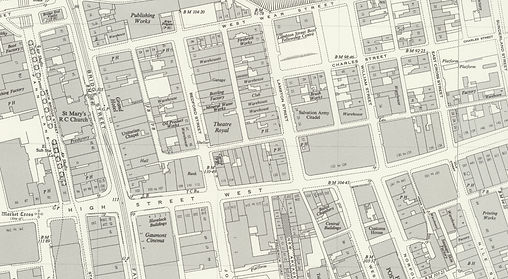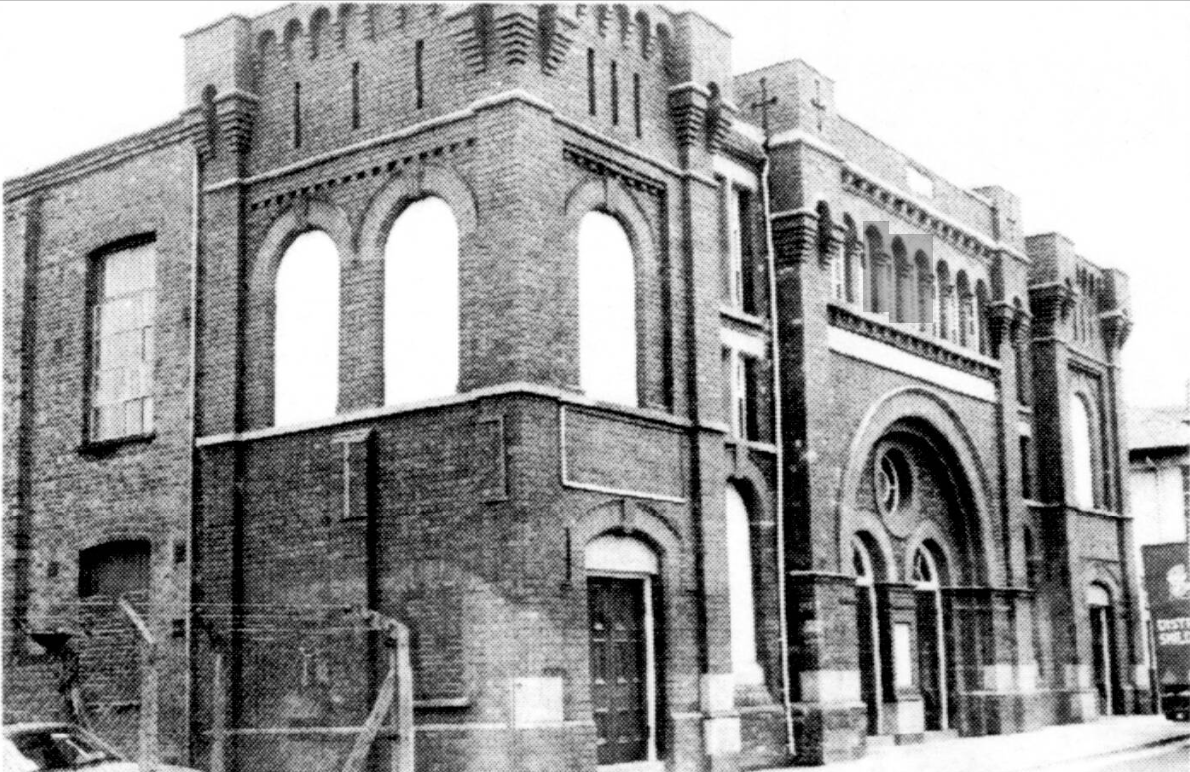
Sunderland
Sunderland Salvation Army Citadel
Last Updated:
17 Nov 2025
Sunderland
This is a
Citadel
54.908147, -1.379535
Founded in
Current status is
Redeveloped
Designer (if known):

Site is now a casino
Cities are at such a loss when they no longer feature their own Salvation Army Citadel. They were mighty things, like castles - imposing and impenetrable like the mission they set out for through their Methodist principles in 1865, Sadly, Sunderland's iteration on Lambton Street is long gone.
Sunderland's was constructed in 1891, an era when these were knocked up anywhere and everywhere. Like the Wesleyan chapels and mission rooms, the Salvation Army was another front to lift communities spiritually, intellectually and charitably. Before it was constructed however it was home to the Lyceum Theatre opened in 1852 fitted with 18 rooms, a Mechanics' Institute, lecture rooms and a 48ft wide hall. The original burnt down 3 years after, then rebuilt, then razed again in 1880.
The opening came about in August, when around 500 "soldiers" and bandsmen mustered and marched from the Garrison field (near the old Vaux Brewery) to Lambton Street for a packed introductory meeting and banquet. From there the most senior officials came here, including Commissioner Booth-Tucker, to speak on the social work of the army. He was the son in law of the original founder William Booth.
I was quite impressed reading about their 1898 Harvest Festival, when the whole interior was dressed as a miniature farmyard with flowers, fruit, corn as well as live poultry and pigeons.
The Salvation Army retained use of this building through to the 1970s or 80s moving to a smaller site - a similar trend as the relevance of the organisation (and Methodism in general) dwindled. Conticraft took it over, a DIY supply firm, and did a diligent job upkeeping the exterior while it had it.
It remained here until the mid 90s, and after a year of being listed was sadly demolished (I say as I grit my teeth). Sadly, these old buildings are so big that there's only so much scope for their use. I get it, but I'm still sad about it.
Listing Description (if available)


The Salvation Army, as you can see on both these surveys from the 1950s and 1890s respectively, is tightly packed into the dense urban district previously home to sailors and shipbuilders but by the 50s warehouses and factories. In fact, you can see many of the plots demolished with some of these old houses still surviving from the late 18th/early 19th century. The further east you go you can actually still see plenty of these old rows and buildings. The citadel when built was still nestled in these terraces as seen on the 1890s map, just south of the old bottle works and the dockyards of Panns Bank.

Sunderland was at its industrial epoch at this time, with the Wear absolutely crammed with docks and works. Fawcett Street was originally built for its white collar officials with the labouring classes north of High Street West, though by the late 19th century they eventually moved south to areas like Ashbrooke. Folk took these houses and renovated or rebuilt into large commercial premises we still see today. The Citadel prior to the 1890s was the Lyceum Theatre which can be seen as the large unit within the tows. Nearby was also a Baptist chapel and copious public houses.

Sunderland's Citadel stood here until around 30 years ago, today replaced by a casino. Taken in October 2025.

From a similar angle, this is the Citadel under ownership of Conticraft. They kept the exterior in good nick, though it has to be debated whether it was alright given inside due to its subsequent demolition.
Unknown original source.

The Citadel around 1987, as featured in the Daily Echo. This was just before conversion to a DIY store.
